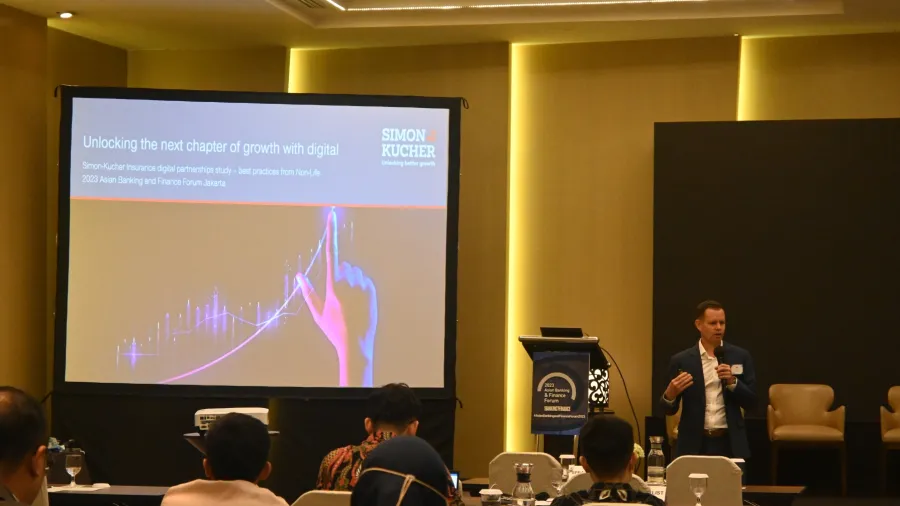
Digitalisation and social media distribution: Catalysts for change in Indonesia’s insurance industry
Leaders and experts in insurance and marketing roll out tech-based strategies to unlock growth potential in Indonesia’s untapped market at Jakarta Forum.
The insurance industry in Indonesia is experiencing a shift towards digitalisation, which represents a great potential for growth. However, there are several challenges that must be overcome in order to take advantage of this opportunity, according to industry experts who gathered for the Asian Banking & Finance Insurance Jakarta Forum at the Pullman Hotel on 3 May 2023.
The discussions touched on the obstacles that explain the insurance industry’s low penetration rate in the country. It was against this backdrop that prime movers of the industry discussed the exploration of new distribution channels and innovative products to tap into the rising middle class market where monumental growth holds promise.
New regulation
The forum kicked off with “Managing Your Insurance Business under the New IFRS17 Standard,” a topic thoroughly discussed by Bernadeth Saoria L. Gultom, partner at Ernst & Young-Indonesia Consulting and Financial Services.
The IFRS 17 would be implemented effectively in Indonesia on 1 January 2025.
Gultom said the IFRS 17 is intended to standardize insurance accounting globally by replacing IFRS 4 as the first comprehensive worldwide accounting standard for insurance contracts. It will reflect financial standing more comprehensively by changing the timing of recognition of earnings for insurance products, with a higher impact on life insurance products and minimal impact on shorter-term insurance products.
She said the new standard will also be more transparent, including new information such as Contractual Service Margin (CSM), fulfillment cash flows, movement tables and onerous contract disclosures.
In Gultom’s view, small-to-medium sized Life and General Insurers could benefit a lot from using Managed Services or solution providers to run the application for them, input all the data and deliver all the disclosures in a timely manner.
Going digital
Bringing the discussion back to the wave of digitalisation in the industry, Jan Weiser, managing partner at Simon-Kucher, delivered his presentation on “Unlocking the Next Chapter of Growth with Digital.”
He premised his talk on how digitalisation enables insurers to reach new customers. Citing Simon-Kucher’s Asia Pacific survey in 2020, he said respondents emphasised the significance of online processing policies from start to finish.
He pointed out that online or digital sales for general insurance contribute between 20% and 30% of total sales, with digital partnerships being a major factor in that statistics.
Some other key points are that travel insurance is the most common embedded product offering, while health and motorcycle insurance are the most common stand-alone product offerings. Weiser also identified opportunities for innovation with niche products that have new risk pools and high profitability.
Feel for insurance
Moving on to the presentation titled, “Digital at Heart with a Human Touch, FWD Insurance Digital Transformation,” Ade Bungsu, director of FWD Insurance Indonesia, shared his company’s vision to change the way people feel about insurance.
Ade emphasized the importance of a quick and easy insurance purchase for both individual and SME customers, as well as digital customer servicing and engagement tools for faster and easier transactions. In this regard, communication with customers must be in simple language and visuals to make insurance products and services easy to access and understand.
FWD Insurance Indonesia offers a comprehensive product offering that includes health, accident, and life protection. It also provides more coverage and less exclusions, such as covering adventure sports for customers. These products, Ade said, are made available through various channels, including agency, bancassurance, and digital.
In using digital transformation to improve the customer experience, he said his company hopes to change the way the Indonesian public perceives insurance and make it a more integral part of their lives.
Facing the challenges
Jumping into the topic of “Exploring the Digital Landscape: Opportunities and Challenges in the Transformation of Financial Services,” Weiser moderated a full-panel discussion with EY-Indonesia’s Gultom, FWD’s Ade, along with Patrick Van Heerd of HSBC Global Insurance, and Edy Tuhirman of Generali Indonesia.
Gultom emphasized the importance of anticipating the risks and integrating new compliance processes as regulatory challenges come naturally with digital transformation.
In addition to prioritizing high touch in the digital transformation, Ade also stressed the use of digital tools to make things easier for agents to segment their clients more accurately and provide them with a platform to ask questions at any time.
Van Heerd, HSBC Global’s regional head of partnership in Asia Pacific, said organizations should be fully involved in their digital transformation strategy. To achieve a successful digital transformation, he requires a top-down approach, with everyone in the organization. “They need to understand what change they need to have,” said Van Heerd.
As the CEO of Generali Indonesia, Edy said he makes sure that “touch is more important than tech” in their digital transformation. “High touch is being achieved by looking at the end-to-end process because what we want is to provide the best experience for customers and we are looking for partnerships that last forever or a lifetime where the tech plays a role as the driving force,” he said.
In terms of challenges, he said that since Indonesia has an archipelagic layout, there are unique obstacles in each region for markets, infrastructure, and resources that need to be addressed.
Customer-centric solutions
One of the hottest topics at the Jakarta forum was “Creating Customer-centric Solutions for Indonesian Insurance Market,” which was taken on by Zurich Asuransi Indonesia President Director Edhi Tjahja Negara.
Giving an overview of the Indonesian insurance society, Edhi underscored the “low understanding and awareness of insurance products, lack of trust in the insurance industry, complex regulatory environment, limited access to the market and the need for new distribution channels.”
However, Edhi said that it is from these challenges that several opportunities emerge. For instance, the low insurance penetration rate provides a significant growth opportunity for insurance companies. Also, the rising middle class in Indonesia is expected to drive demand for insurance products.
He stressed an increasing focus on ESG factors in investment, which presents an opportunity for insurers to develop products that align with these principles. Growing trends towards digitalisation and adoption of new technology also provides an opportunity for insurance companies to reach more customers and improve efficiency.
As a parting shot, he conveyed key successes of the Indonesian insurance industry, namely, developing partnerships, embracing digitalisation and new technologies, developing innovative and customer-centric products, and building trust and educating the public about insurance products.
Digital mindscape
Interestingly thrown in the mix of the day’s forum was the digital mindscape for insurance companies as articulated well by Ian Lee, general manager of Asia Fintech Center ZA Tech, in his talk, titled “Journey Towards the Digital Future.”
Lee outlined three phases of this journey, starting with the digital opportunist who uses tactical digital strategies; followed by the digital leader who views digital as a strategic capability, establishes strategic partnerships, and forms digital business units or teams. The final phase is the modern insurer, who integrates digital technology into the core business end-to-end, modernizes governance, and adopts a growth-oriented business model.
Shedding light on this digital mindscape and the benefits of a strategic approach to digital transformation, Lee concluded: “What have we learned? The need for embedded access to partners, synergies at scale and digitally across the value chain.”
Social media distribution
The next speaker, Risye Dilianti, director of MNC Life Assurance, presented a technology-based marketing strategy where insurance companies can leverage social media as a distribution channel to gain insights into user behavior and refine their marketing strategies. “We have to start exploring the digital world, because there are several benefits to be gained, namely accelerating sales and being able to improve service to customers,” she said.
Winding down to the last session of the day, the Jakarta Forum had Zurich Asuransi’s Edhi and MNC Life’s Dilianti share the stage with Tim Charlton, publisher of Asian Banking and Finance, as moderator.
They picked apart how social media distribution for insurance, coupled with marketing technology, works as a catalyst for change in the Indonesian insurance industry. They highlighted the importance of building a product’s value and employing social media as a distribution channel to reach the potential market.
“With the challenges of low awareness, understanding of insurance products remaining and still having no insurance products, the question is, ‘How do we monetize this?’ We need to build product values, propositions, which are combined with a distribution mindset to provide wider access to insurance,” said Edhi.

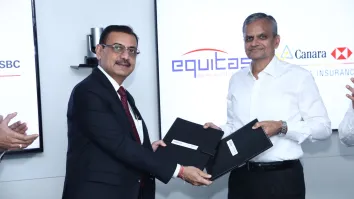


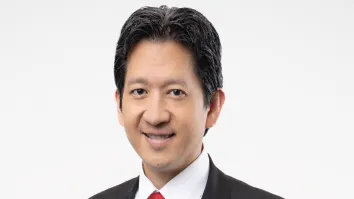






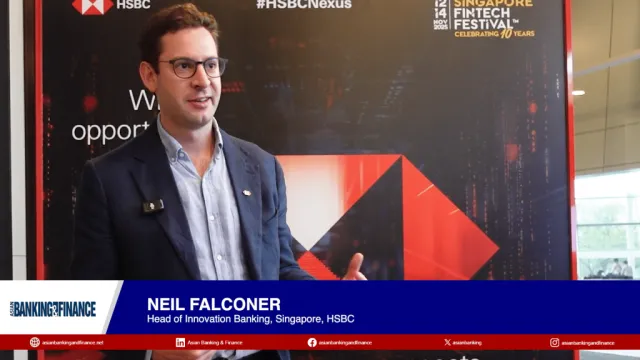
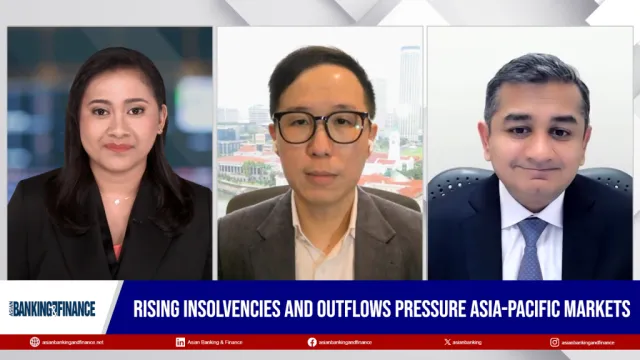



 Advertise
Advertise










